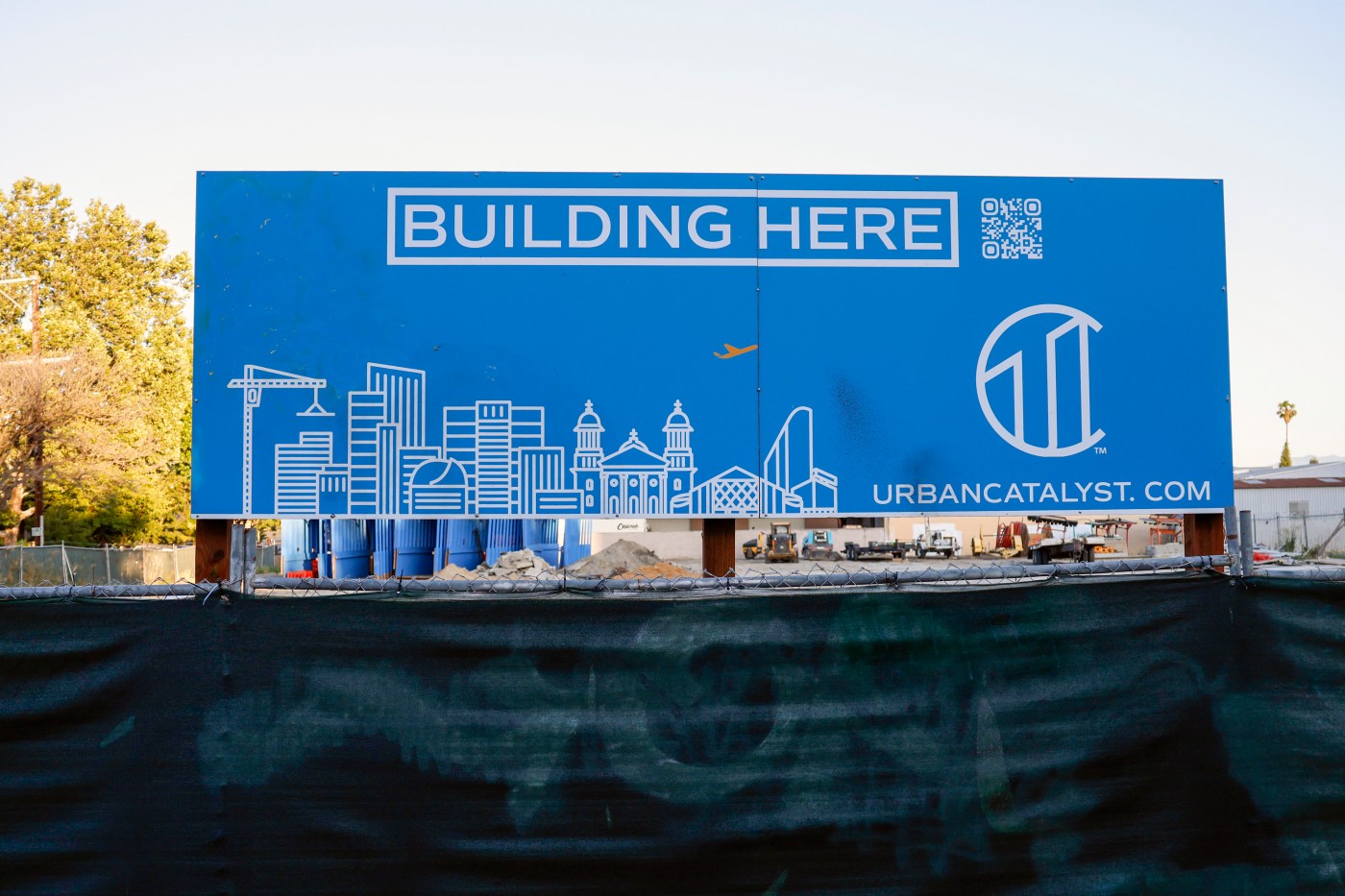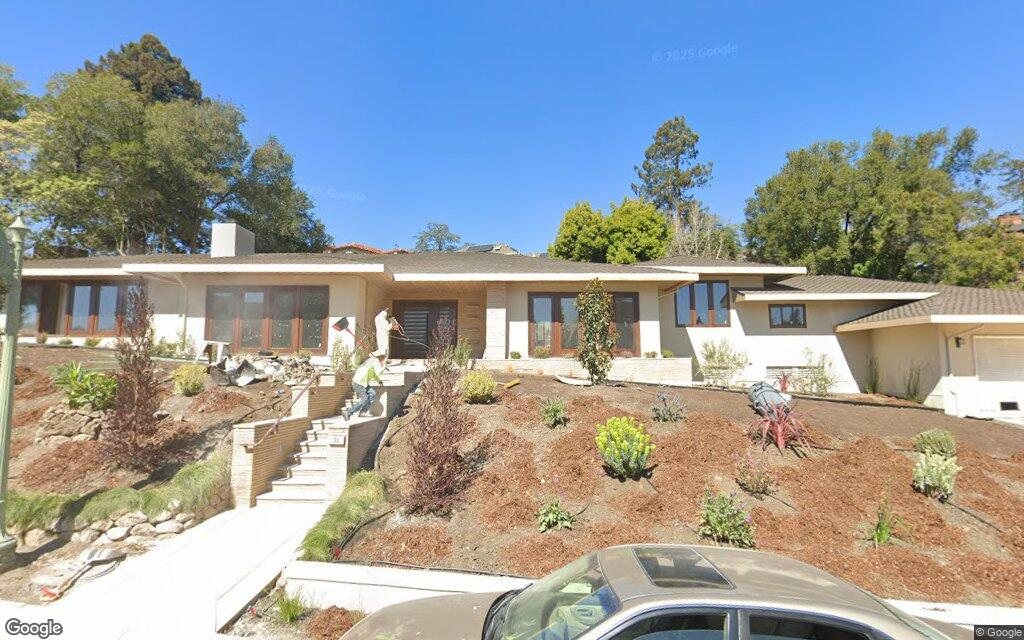San Jose is launching its once-every-four-years review of its General Plan. Those who hope the review will increase housing production should read the official “scope of work” carefully. The memo seems to commit the city to continuing the policies that are causing our housing crisis.
Our failure to build housing is due to policies introduced under Mayor Chuck Reed from 2007 through the early 2010s. Before Reed was mayor, San Jose produced the same amount of housing as Seattle (2,000 to 5,000 units a year). The 2011 General Plan provided for considerable new housing capacity — 170,000 units by 2040. That’s about 6,000 units a year.
Related Articles
Oak Knoll neighborhood in Oakland hills gains new life and fresh start
South Bay apartment hub bought in deal that tops $60 million
Affordable housing upgrade in San Jose advances with construction loan
How Democrats overcame special interests that long blocked CEQA reform
Oakland apartment complexes flop into default in ailing market
There was a terrible catch, however; and the scope of work for the General Plan update gives no indication that San Jose’s planning division wants to undo the catch. The “Envision 2040” plan specified that the housing would be at density of, at least, 50 units per acre. Such dense housing requires indoor parking and has to be taller, which creates a whole new series of extra costs. Once you start building past three or four stories, you can no longer build mostly with wood, a significantly cheaper option. Rather, supporting much taller buildings requires a lot more cement and a steel-based structure, all of which substantially raises per-unit housing costs over lower density housing.
In other words, the density requirements the city wants in order to alleviate the high cost of housing are a self-defeating strategy. Only wealthier people can afford its vision, at market rates. Then there’s the problem that people with incomes required to afford living in these kinds of buildings don’t even want to live in the San Jose neighborhoods where the city is trying to increase construction. As a result, developers can’t, or won’t, build most of the housing in the General Plan. Consequently, and unsurprisingly, San Jose has produced only one-third to one-fifth as much housing as Seattle every year.
Adding more of this kind of “housing capacity” may fool state regulators into approving future San Jose submissions. But it will do virtually nothing to produce more housing.
The updated memo does not acknowledge any failures of the Envision 2040 plan. It says the 2011 General Plan “is a comprehensive and forward-thinking policy document that lays the framework for becoming a fiscally-sound and environmentally sustainable city of great places, while also accommodating a projected population growth of over 470,000 new residents.” Where it discusses adding housing “capacity,” it does so in the context of preparing for future demands from the state. It says nothing about reorienting planning toward housing that can actually be built.
There exist planning firms that seem to have real capacity to reorient a city’s housing planning. Sacramento has made progress. Sacramento seems to have recognized its existing system wasn’t working and worked with a serious consultant to change it.
Shouldn’t we be demanding more than what’s in the General Plan review scope of work?
San Jose should be demanding, at least, what Seattle and Sacramento are delivering. San Jose is a city of 181 square miles. It definitely has enough land to permit the 7,750 units a year of housing that the state requires us to build. Last year we permitted 2,000 units. But to build, San Jose needs to legalize lower-cost mid-density housing (roughly 20 to 35 units per acre) where high density housing is impossible. It needs to look at the 70% of the city that is not zoned for any kind of housing and find a few square miles where more housing — mostly cheaper-to-build mid-density housing — can be built.
These are small changes, but they can have big effects. Why aren’t changes like these addressed in the General Plan review scope of work?
Robert Chapman Wood is professor emeritus of strategic management at San Jose State University.





